Fernando Jaureguizar
AnimalMotionCLIP: Embedding motion in CLIP for Animal Behavior Analysis
Apr 30, 2025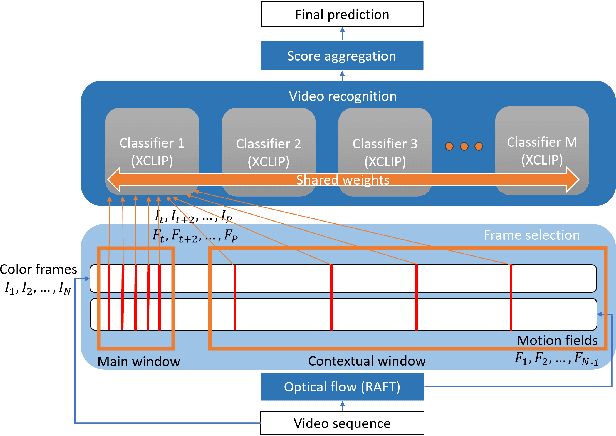
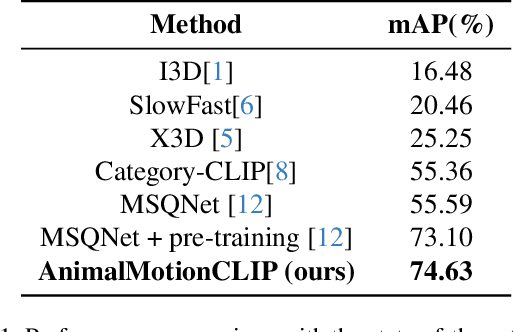
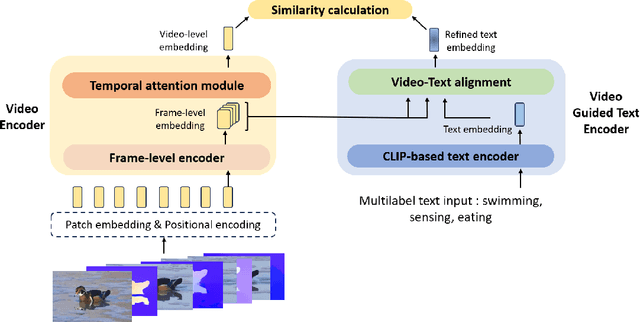
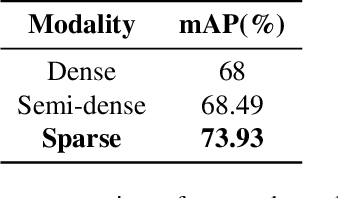
Abstract:Recently, there has been a surge of interest in applying deep learning techniques to animal behavior recognition, particularly leveraging pre-trained visual language models, such as CLIP, due to their remarkable generalization capacity across various downstream tasks. However, adapting these models to the specific domain of animal behavior recognition presents two significant challenges: integrating motion information and devising an effective temporal modeling scheme. In this paper, we propose AnimalMotionCLIP to address these challenges by interleaving video frames and optical flow information in the CLIP framework. Additionally, several temporal modeling schemes using an aggregation of classifiers are proposed and compared: dense, semi dense, and sparse. As a result, fine temporal actions can be correctly recognized, which is of vital importance in animal behavior analysis. Experiments on the Animal Kingdom dataset demonstrate that AnimalMotionCLIP achieves superior performance compared to state-of-the-art approaches.
Application-Layer FEC Scheme Configuration Optimization via Hybrid Simulated Annealing
Feb 07, 2024Abstract:An optimization technique based on an adapted combination of simulated annealing (SA) and tabu search (TS) is presented. This method aims at finding near-optimal unequal error protection (UEP) application-layer FEC code configurations. This approach is intended to smartly protect audio and video transmission over IP networks when hard time restrictions apply. The considered code is a UEP version of the widely-used Pro-MPEG COP3 codes enabling the use of several matrices of dissimilar size and thus of unequal recovery capability. Finding the optimal configuration frequently requires the evaluation of a large solution space. So, to fulfill the imposed constraints, SA is adapted to the specifics of the scenario. In particular, the annealing schedule is conditioned by the real-time restrictions. Furthermore, solution neighborhood structures are determined by a proposed definition of distance between protection configurations, which, jointly with TS, conditions the selection of candidate solutions. Experimental results show a significantly improved performance of the optimization process, which invariably fulfills imposed timing constraints, at the expense of a very low distortion increase, when compared to using exhaustive search. These results allow the use of UEP Pro-MPEG COP3 codes for protecting video and audio transmission, which distinctly outperforms the standard code in a wide range of scenarios.
A Video-Aware FEC-Based Unequal Loss Protection System for Video Streaming over RTP
Feb 07, 2024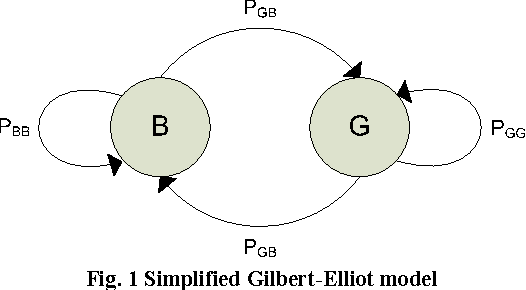
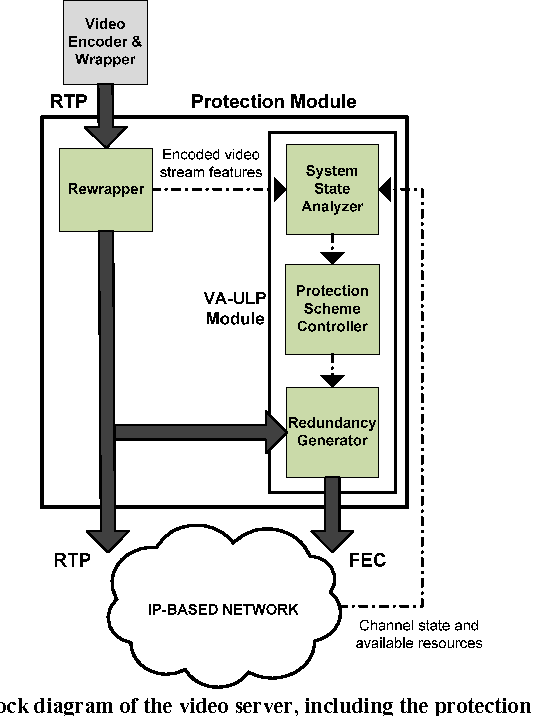
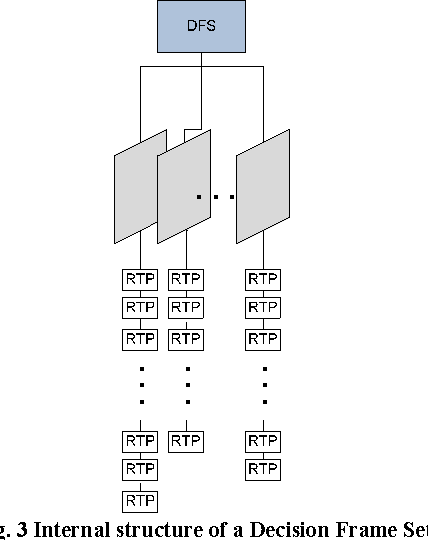
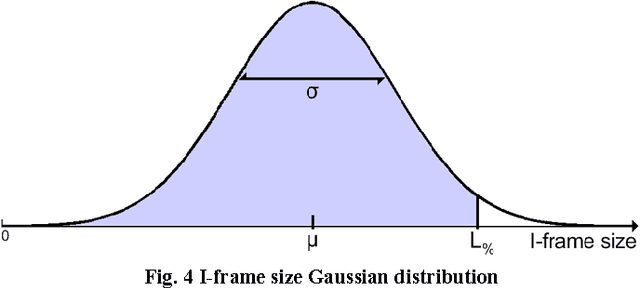
Abstract:A video-aware unequal loss protection (ULP) system for protecting RTP video streaming in bursty packet loss networks is proposed. Considering the relevance of the frame, the state of the channel, and the bitrate constraints of the protection bitstream, our algorithm selects in real time the most suitable frames to be protected through forward error protection (FEC) techniques. It benefits from a wise RTP encapsulation that allows working at a frame level without requiring any further process than that of parsing RTP headers. This makes our system straightforward and fast, perfectly suitable to be included in commercial video streaming servers. Simulation results show how our technique outperforms other proposed ULP schemes.
Solving the Team Orienteering Problem with Transformers
Dec 01, 2023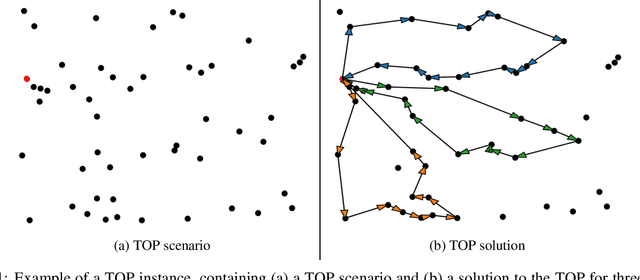
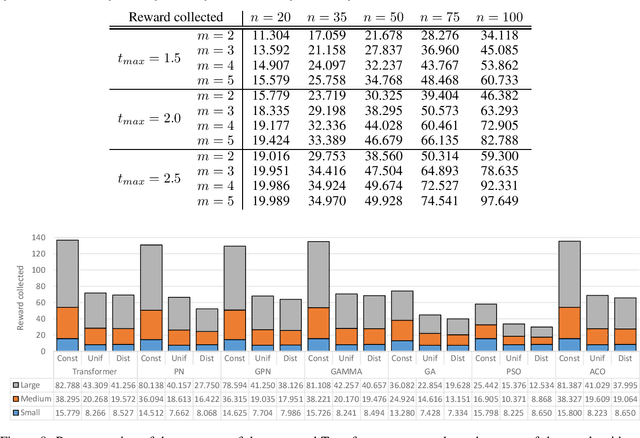
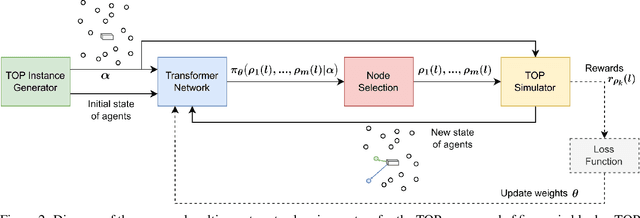

Abstract:Route planning for a fleet of vehicles is an important task in applications such as package delivery, surveillance, or transportation. This problem is usually modeled as a Combinatorial Optimization problem named as Team Orienteering Problem. The most popular Team Orienteering Problem solvers are mainly based on either linear programming, which provides accurate solutions by employing a large computation time that grows with the size of the problem, or heuristic methods, which usually find suboptimal solutions in a shorter amount of time. In this paper, a multi-agent route planning system capable of solving the Team Orienteering Problem in a very fast and accurate manner is presented. The proposed system is based on a centralized Transformer neural network that can learn to encode the scenario (modeled as a graph) and the context of the agents to provide fast and accurate solutions. Several experiments have been performed to demonstrate that the presented system can outperform most of the state-of-the-art works in terms of computation speed. In addition, the code is publicly available at http://gti.ssr.upm.es/data.
 Add to Chrome
Add to Chrome Add to Firefox
Add to Firefox Add to Edge
Add to Edge